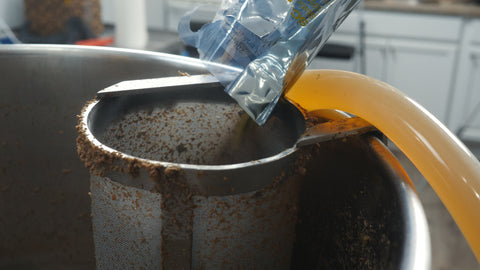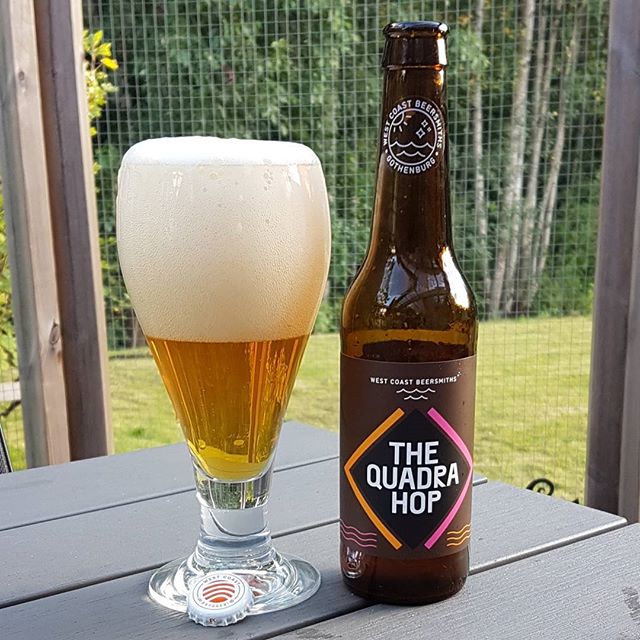


Our first hint as to why any of this matters goes all the way back to 1955 when humulinones were described as being “bitter.” 5 A follow-up study in 1965 described humuliones as a substance in hops which are not alpha-acids but which have bittering power and is present in beer in small amounts that will have a “marginal effect on flavor.” When introduced to beer (through hops), the study continues, it gives a “harsh lingering bitterness.” 6 For brewing purposes, the first study to put an actual figure to the bittering potential of humuliones came in 1964, when it was found that humuliones are 35% as bitter as iso-alpha-acids (although this figure is later studied and increased).

So it’s actually easier to get humulinones into beer than alpha acids. 4 If something is more polar this means it is more water soluble, or in this case more soluble in beer. Humulinones are similar in molecular structure to iso- alpha-acids, but they have an extra hydroxyl group that makes them more polar than iso-alpha-acids. 2 In fact, humulinones are one of the most abundant oxidized hop acids in aged hops. 1 However, hops also contain small amounts of oxidized alpha-acids known as humulinones (as well as oxidized beta-acids known as hulupones) which form via spontaneous peroxidation of the alpha acids and may also play a role in shaping beer bitterness.
#Whirlpool hops beersmith iso#
Specifically, these three acids isomerize into six iso alpha acids which are trans-isocohumulone, trans-isohumulone, trans-isoadhumulone, cis-isocohumulone, cis-isohumulone, and cis-isoadhumulone. The three alpha acids in hops that contribute to a beer’s bitterness are cohumulone, humulone, and adhumulone which isomerize when boiled into the major contributors of beer’s bitter taste.


 0 kommentar(er)
0 kommentar(er)
